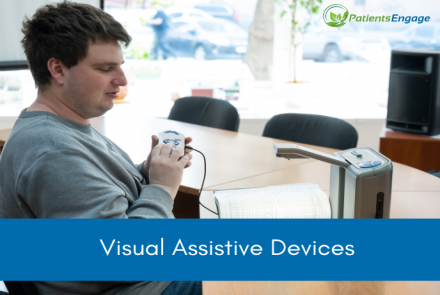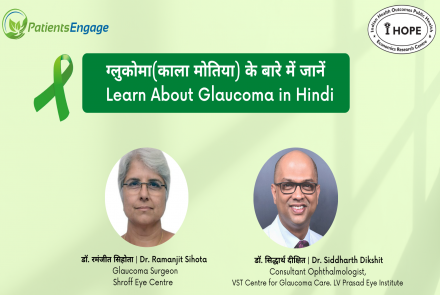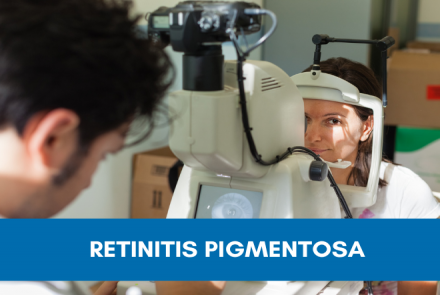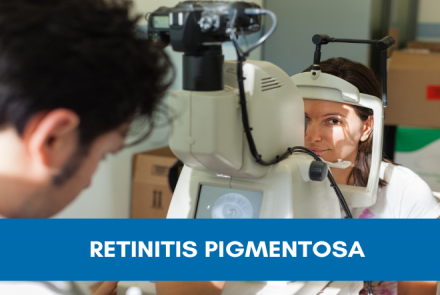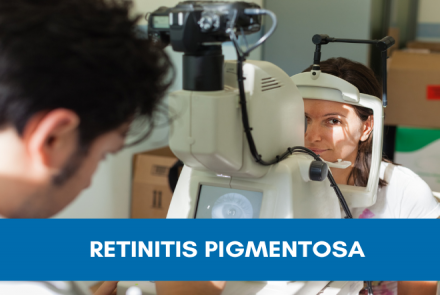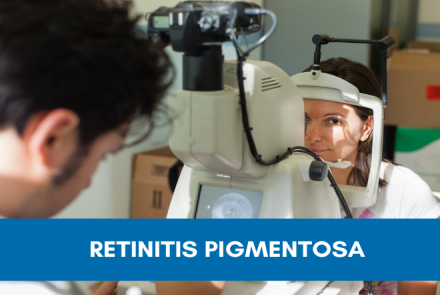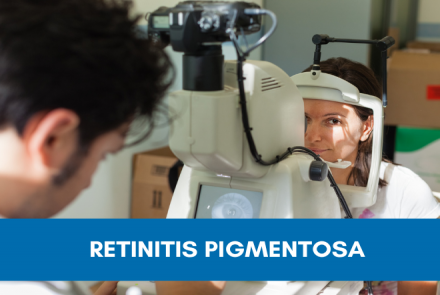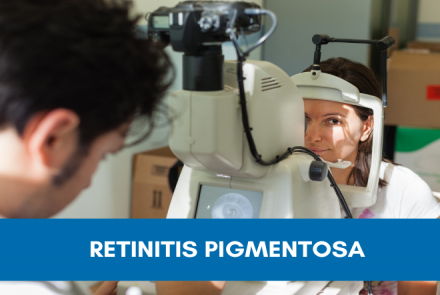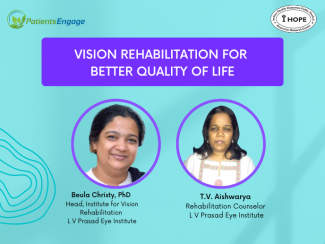
PatientsEngage partnered with iHOPE to highlight the importance of vision rehabilitation and how early intervention can help a person with low vision or blindness live productive lives.
India has an estimated 12 million blind and 50 million visually impaired persons using the definition of National Programme for Control of Blindness. However awareness of vision rehabilitation is still very low.
PatientsEngage brought together a panel including a person with lived experience and rehabilitation experts to speak about the importance of vision rehabilitation and how early intervention can help a person with low vision or blindness .
Our panelists for this webinar, which was held on 30th July 2022 were:
Ms. Beula Christy, Head Institute for Vision Rehabilitation , LV Prasad Eye Institute
Ms. T.V. Aishwarya, Rehabilitation Counselor, L V Prasad Eye Institute. She lost her eye sight 14 years ago due to a brain tumour.
Read what Ms. Beula Christy shared about Vision Rehabilitation: How to cope with Vision loss
Key Takeaways:
Vision Rehabilitation is helpful for persons to learn useful skills and activities of daily living to live independent lives.
Vision rehab is helpful at all ages for persons with deteriorating vision, for those who are blind either due to trauma or at birth.

